
Click to Skip Ahead
A growing number of cats are diagnosed with diabetes each year, and the disease is becoming all too common. Diabetes occurs when there is an insulin deficiency in a cat’s body or when the body doesn’t respond to insulin the way it’s supposed to. It can occur in any cat at any age, but there are a couple of factors that can increase a cat’s risk of developing diabetes, including the age, sex and breed they are.
Sadly, often there isn’t a cure for this disease, but there are treatment options available, and your cat can go on to live a relatively normal life if their condition is well managed. Keep reading to learn more about diabetes, how it can affect your cat’s quality of life, and what the risks are for developing it.
Before You Start
Before getting into the potential causes of diabetes, it’s important to know the two types, which are Type 1 and Type 2 diabetes. Type 1 diabetes is when the pancreas doesn’t produce enough insulin, causing blood glucose levels to be high. Type 2 diabetes is when the body responds to insulin abnormally, which also results in high glucose levels. The latter type is the more common of the two.
Some resources refer to Type 3 diabetes also and this includes diabetes due to medications that work against insulin such as glucocorticoids or illnesses such as pancreatic tumors.
All types of diabetes can be life-threatening if not treated and managed properly. For this reason it is important to be on the lookout for signs of diabetes and to make an appointment with your veterinarian if you have any concerns. Common signs of diabetes mellitus include increased thirst, increased urination and initially increased appetite with weight loss.

How Do Cats Get Diabetes?
1. Obesity
Obesity is a major cause of developing diabetes because it contributes to making your cat’s body less sensitive to insulin. What you put into your cat’s body matters because it will affect their health and weight. Diets that are high in carbohydrates and calories are usually more accessible and affordable, but they break down into glucose. Any excess calories are stored as fat, just as they are for humans. Fat or adipose tissue as it is also known is not a benign tissue. It is actually responsible for promoting inflammation and metabolic changes. The end result is insulin resistance.
Prevent obesity and, ultimately, diabetes in your cat by keeping within the recommended caloric intake for their age, activity level, and weight. Look for high-quality cat food that is low in calories and high in protein and moisture. Also, cut down on treats.
In some cases diabetes can be reversed if treated promptly, blood glucose levels controlled tightly and combined with controlled weight loss.
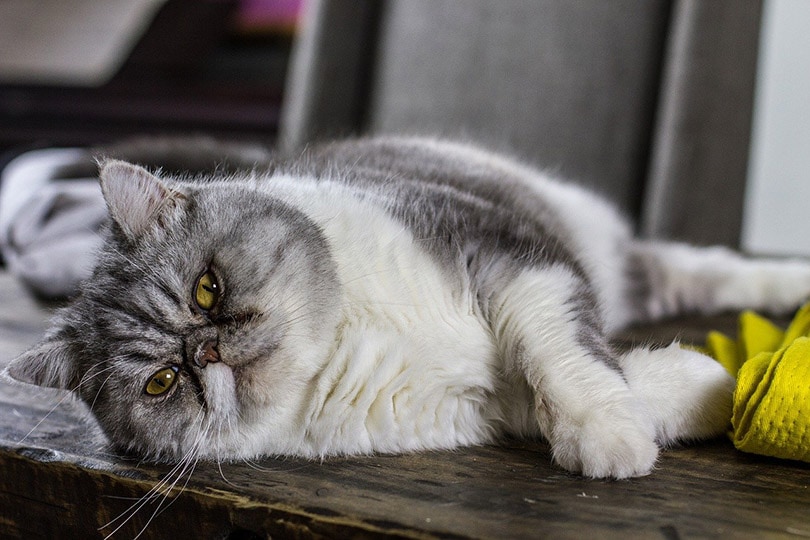
2. A Lack of Exercise
A lack of exercise usually goes hand-in-hand with obesity. Cats that live indoors and prefer to eat and nap all day are at risk for developing diabetes. Exercise is essential for your cat because it builds muscle and burns energy, but that doesn’t mean that you must take your cat running—it just means that you must get them moving around the house a few times a day.
You can implement simple tasks into your cat’s daily routine that will get them up and walking around, such as placing their food bowl up the stairs, so they have to walk up and down whenever they want to eat. Playing with your cat is another way for them to burn energy and get moving while building your bond and having a good time together. Use lasers or feather toys for them to chase and leave a few interactive toys around the house that they can play with when you’re not around.
3. Gender
Unfortunately, some cats are predisposed to diabetes from birth simply because of their biological sex. Male cats have a higher risk of developing the disease, especially if they’re neutered, as they naturally have a lower sensitivity to insulin than female cats. Shockingly, 60%–70% of cats with diabetes are neutered males.
If you have a male cat, it’s important that you feed him a proper diet and give him plenty of exercise. It’s also necessary to take your cat for regular health checkups, where your vet will test him for diabetes.
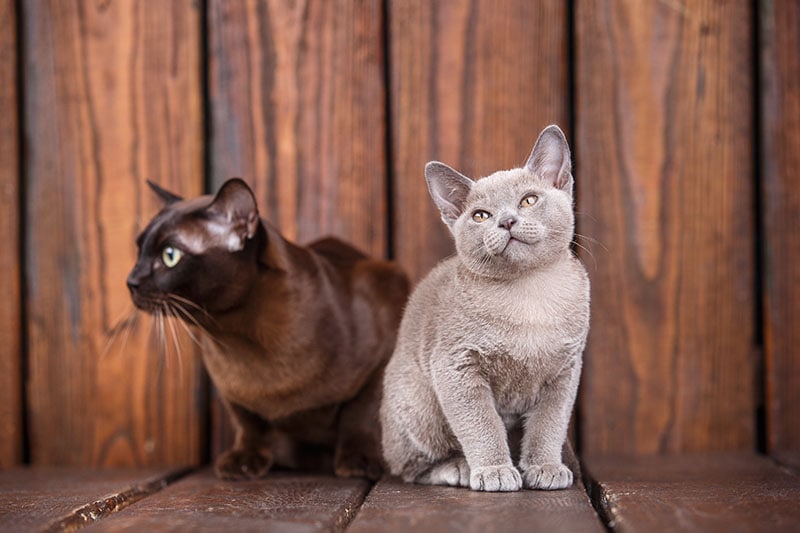
4. Chronic Pancreatitis
Pancreatitis is a health condition whereby the pancreas becomes irritated and inflamed and can be caused by obesity, certain drugs, an infection, and underlying health conditions. Signs of pancreatitis are vomiting, diarrhea, weight loss, and abdominal pain. The pancreas is responsible for producing digestive enzymes as well as insulin, the hormone that helps regulate blood sugar.
When a cat has pancreatitis, the organ isn’t able to produce insulin the way it should or at all, which can cause diabetes to develop.
5. Certain Drugs
Medication is necessary to treat certain illnesses in cats, but they sometimes come with complicated side effects. Certain prescription drugs can cause diabetes in cats that are predisposed, such as glucocorticoids, which are steroids that treat feline asthma as well as other inflammatory conditions.
If your cat needs to take glucocorticoids, make sure that you follow the guidelines carefully and don’t misuse the drug. As beneficial as these steroids can be, long-term use can increase the risk of immune suppression, obesity, pancreatitis and adrenal disease.
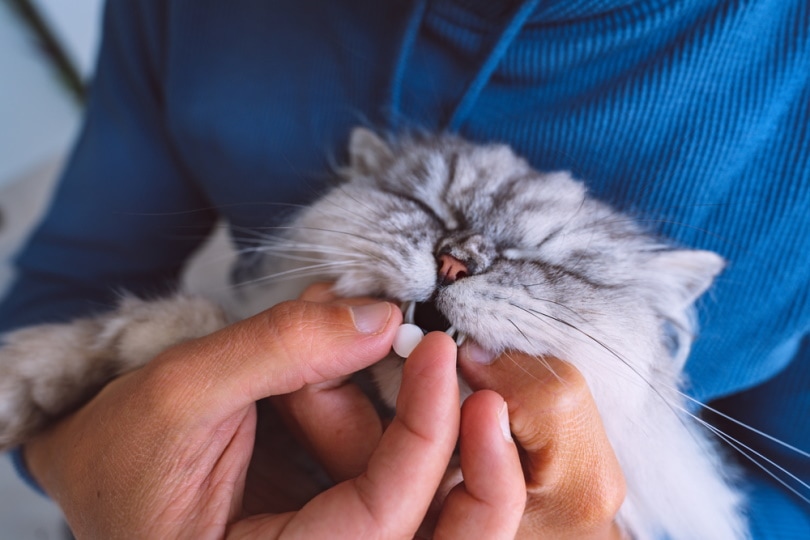
6. Certain Breeds
There are a few cat breeds that appear to be predisposed to diabetes, such as the Burmese, Russian Blue, Norwegian Forest Cat, Tonkinese, and Abyssinian. These breeds have a genetic predisposition to diabetes, and in order to best care for your cat, it’s important to know about this condition to be able to care for them appropriately.
Consider getting pet insurance if you have one of these breeds to help cover the vet bills if they do develop diabetes. Also, stay on top of your cat’s regular health checkups, as catching this disease early gives your cat the best chance at living a relatively normal life.
7. Age
Diabetes can develop in a cat of any age. However, as they grow older, their risk of developing diabetes increases. 20%–30% of cats that are diagnosed with this disease are between the ages of 7 and 10, while 55%–65% of diagnosed cats are 10 years old or older.
Older cats benefit from a good diet, a healthy weight, and exercise, which can reduce their risk of developing diabetes. They probably won’t be able to run around as they used to due to painful joints, but you can still encourage them to move their bodies in gentle ways.
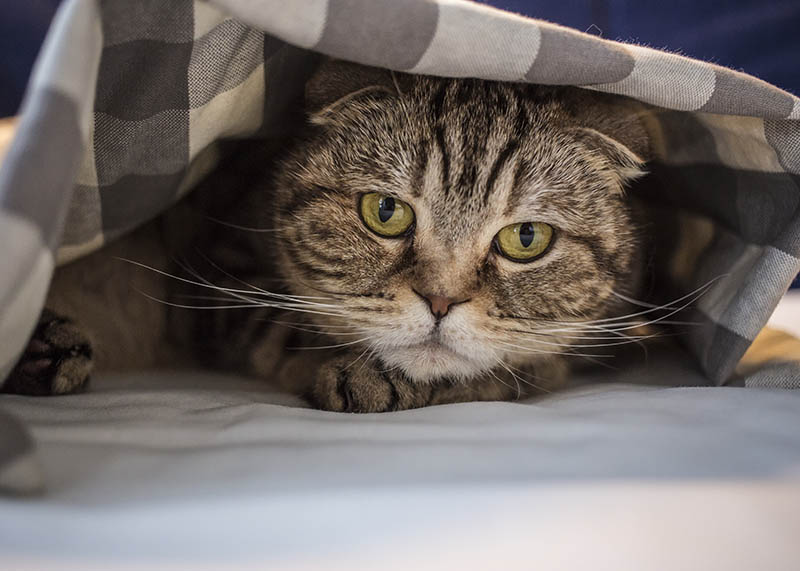
Signs of Diabetes in Cats
It can be difficult to initially spot changes in your cats’ routine, which is why it’s so important to take your cat for regular checkups. However, if you’re concerned about your cat’s health, you can look out for these symptoms:
The earliest signs of diabetes in your cat are an increase in thirst and urination. Although surprising for a sick cat, diabetes also causes an increase in appetite because their bodies aren’t receiving the nutrients it needs.
If diabetes isn’t treated, the symptoms can become much worse, and your cat will become dehydrated, depressed, lose control of their motor functions, fall into a coma, and eventually die.
Diabetes usually isn’t curable, but some cats can go into remission if they undergo lifestyle and diet changes. Cats can stay in remission for months and even years, but the disease isn’t usually cured, only managed.
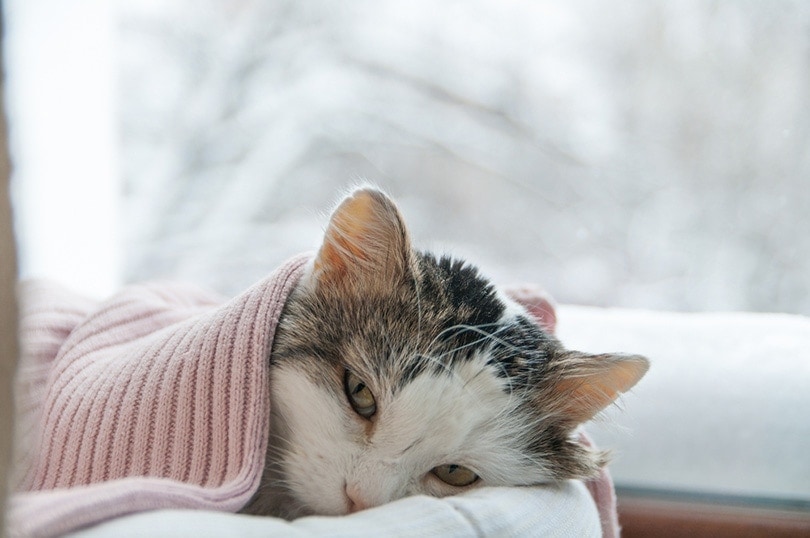
Is There Treatment?
As well as a diet and lifestyle change, cats diagnosed with diabetes will need to be monitored and on treatment for the rest of their lives. Diabetic treatment includes injectable insulin or oral medication, a change to a low-carbohydrate prescription diet, and close monitoring by you and your vet. You will likely need to bring your diabetic cat to the vet every 3–4 months for a checkup.
Although the treatment won’t rid your cat of diabetes, it will hopefully restore your cat’s blood glucose to normal levels that aren’t too high or too low, control weight loss, and minimize their symptoms.
Diabetes that is poorly controlled can lead to further complications that can shorten their lifespan. However, if your cat is on treatment and the disease is being managed well, they can live good, long lives. Your cat has the best chance if the disease is caught and treated early.
Summary
There isn’t one simple cause for diabetes, but there are factors that can increase a cat’s risk of developing it. Obesity, a lack of exercise, and even increasing age can all put your cat at risk for diabetes. Catching the disease early and starting treatment quickly will increase your cat’s chances of a relatively normal life.
Featured Image Credit: stokerolga, Shutterstock







